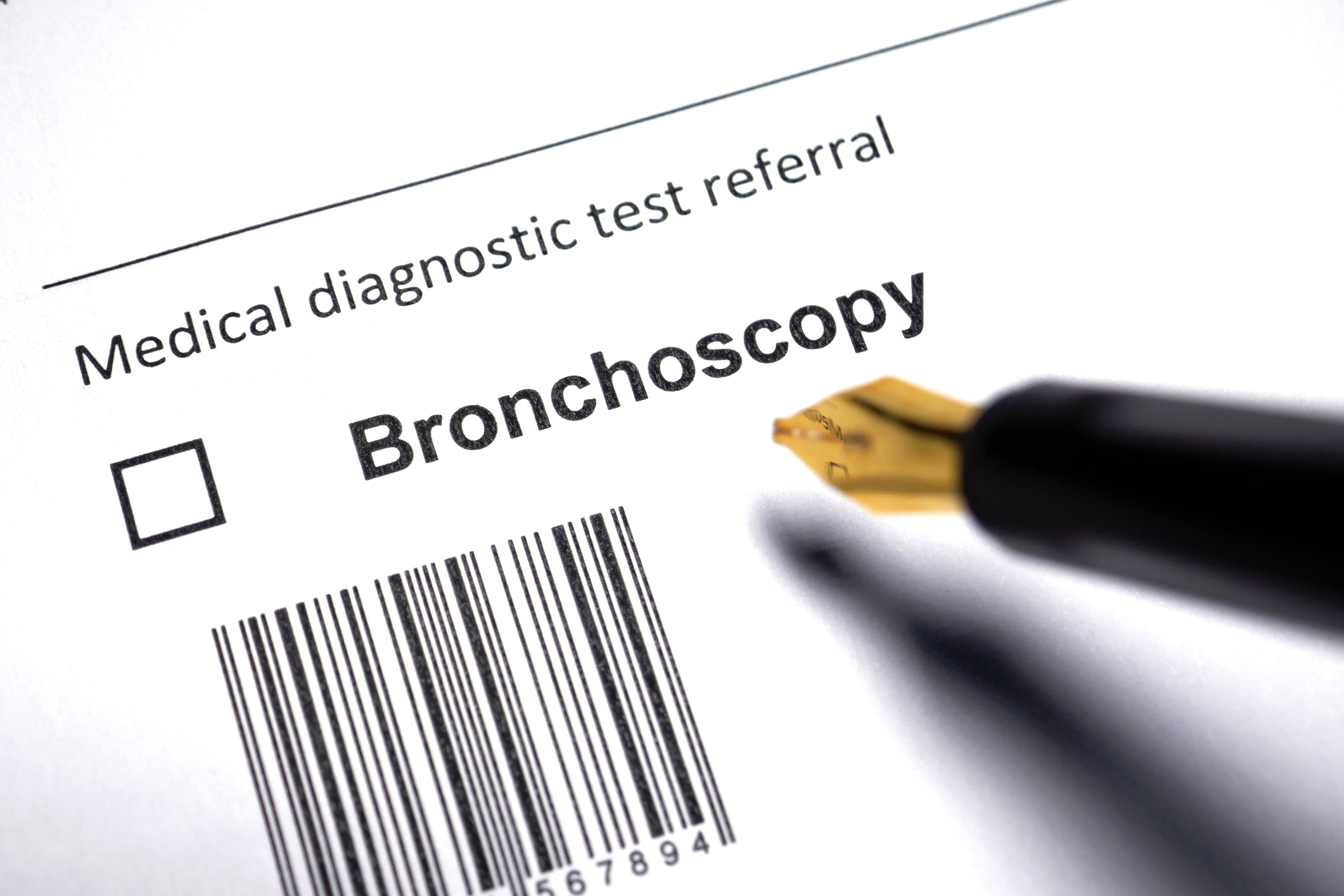
In cases where bronchoscopy or intubation have been unavoidable during the SARS-CoV-2 pandemic, single-use flexible bronchoscopes have helped keep healthcare workers safe.
So says a review by Sarah P. Barron and Marcus P. Kennedy — doctors and researchers in the Department of Respiratory Medicine at Cork University Hospital in the Republic of Ireland — published in Advances in Therapy in September 2020.
Bronchoscopy is an aerosol-generating procedure which therefore carries risk not only from the procedure itself but also when staffers reprocess reusable bronchoscopes. Single-use flexible bronchoscopes, the authors write, eliminate the potential for transmission from handling and disinfecting contaminated equipment.
“Evidence supports the introduction of single-use flexible bronchoscopes to decrease viral transmission both from and to staff and patients,” Barron and Kennedy write in their review.
The review cites a U.S. Centers for Disease Control and Prevention report from earlier in the pandemic which showed that healthcare personnel represented 11 percent of SARS-CoV-2 infections and that more than half of that group only had exposure to an infected person within a healthcare setting.
After using single-use bronchoscopes almost exclusively during the COVID-19 pandemic, Dr. James M. Horowitz is one New York City clinician endorsing single-use bronchoscopes as a primary visualization tool in his ICU going forward after the pandemic. He cited convenience, safety, and cost-effectiveness for his practice in a recent Q&A with Single-Use Endoscopy.
In fact, studies have corroborated Horowitz’s claims and demonstrated how single-use bronchoscopes can make bronchoscopy safer for healthcare workers when treating COVID-19 patients
Some of the advantages of single-use bronchoscopes Baron and Kennedy cited include:
Single-use bronchoscopes may even be an appealing option in developing countries where adhering to bronchoscope reprocessing guidelines can be prohibitively expensive due to the need for automated endoscope reprocessors (AERs), Barron and Kennedy add.
Even before COVID-19 focused the attention of the world on infection control, there was evidence of a risk of device-related cross contamination from endoscopes.
While most documented infection outbreaks have been linked to breaches in bronchoscope reprocessing guidelines, a study by Cori Ofstead and other researchers found that even with strict adherence to protocols, high-concern organisms persisted on fully reprocessed reusable flexible bronchoscopes.
Given the challenges inherent to adequate cleaning, single-use bronchoscopes have shown their value, especially during the COVID-19 pandemic.
But, while the infection prevention benefits appear clear, before introducing single-use bronchoscopes under normal circumstances, “it would be necessary to assess their use and cost-effectiveness in a respiratory setting,” Barron and Kennedy say.


